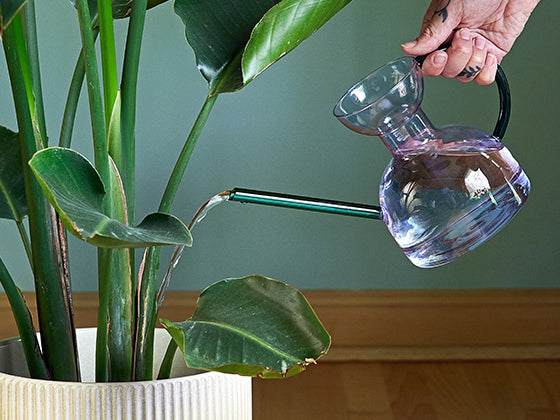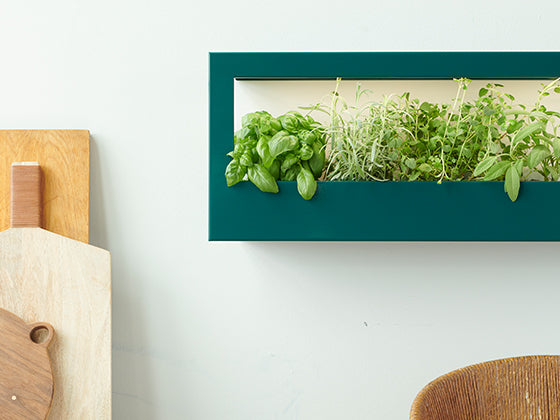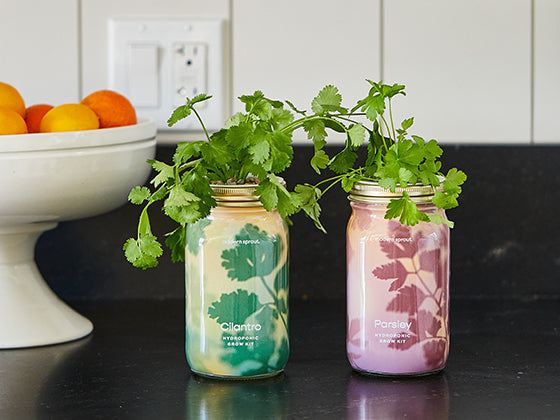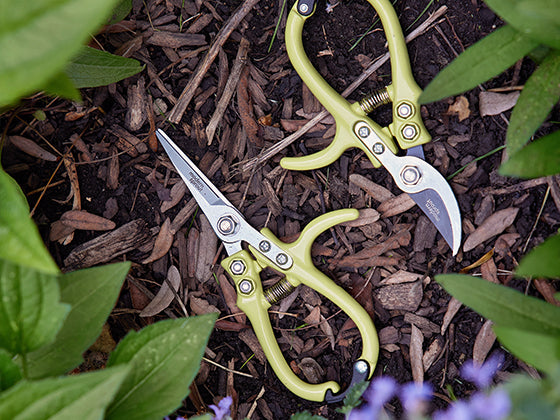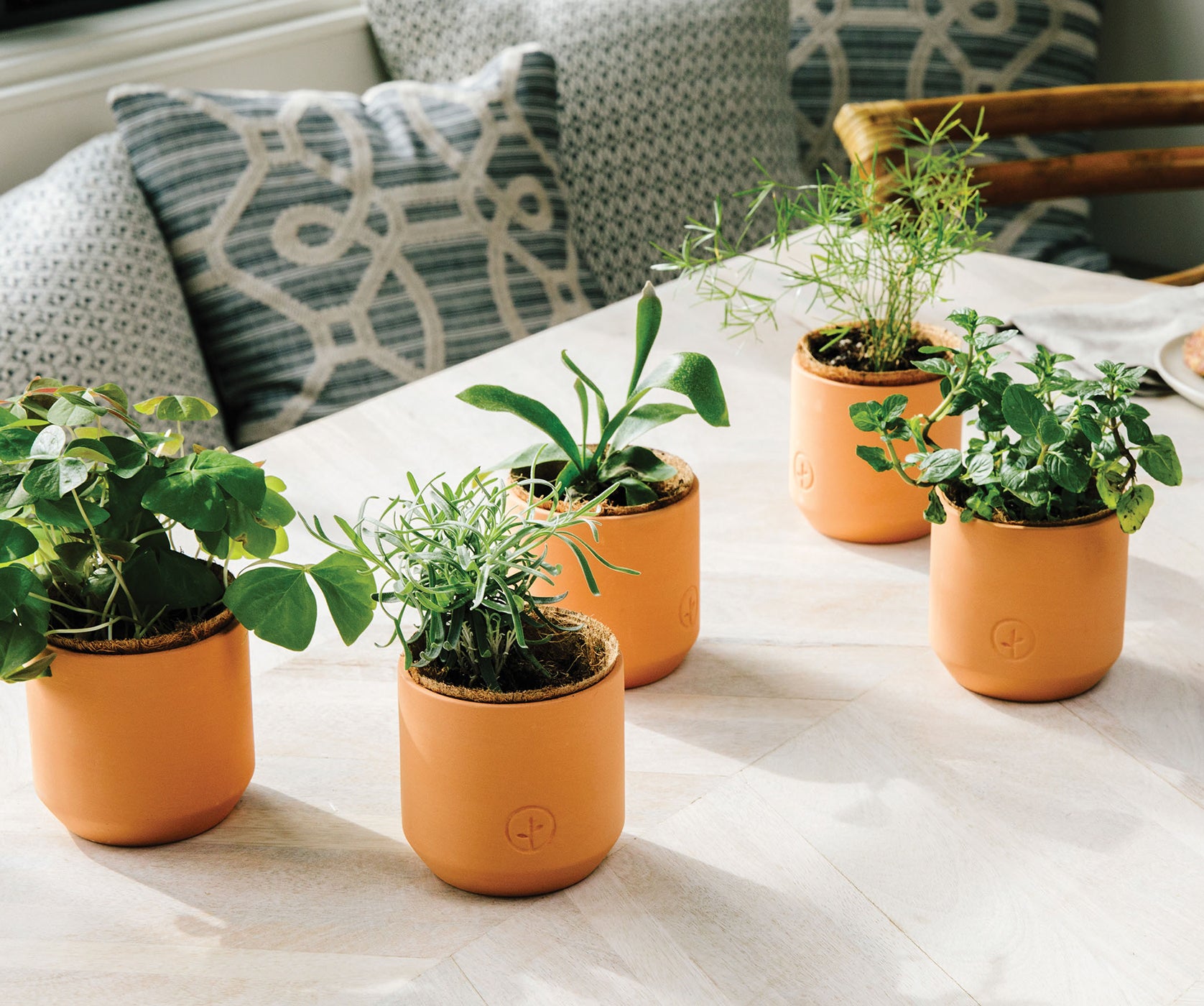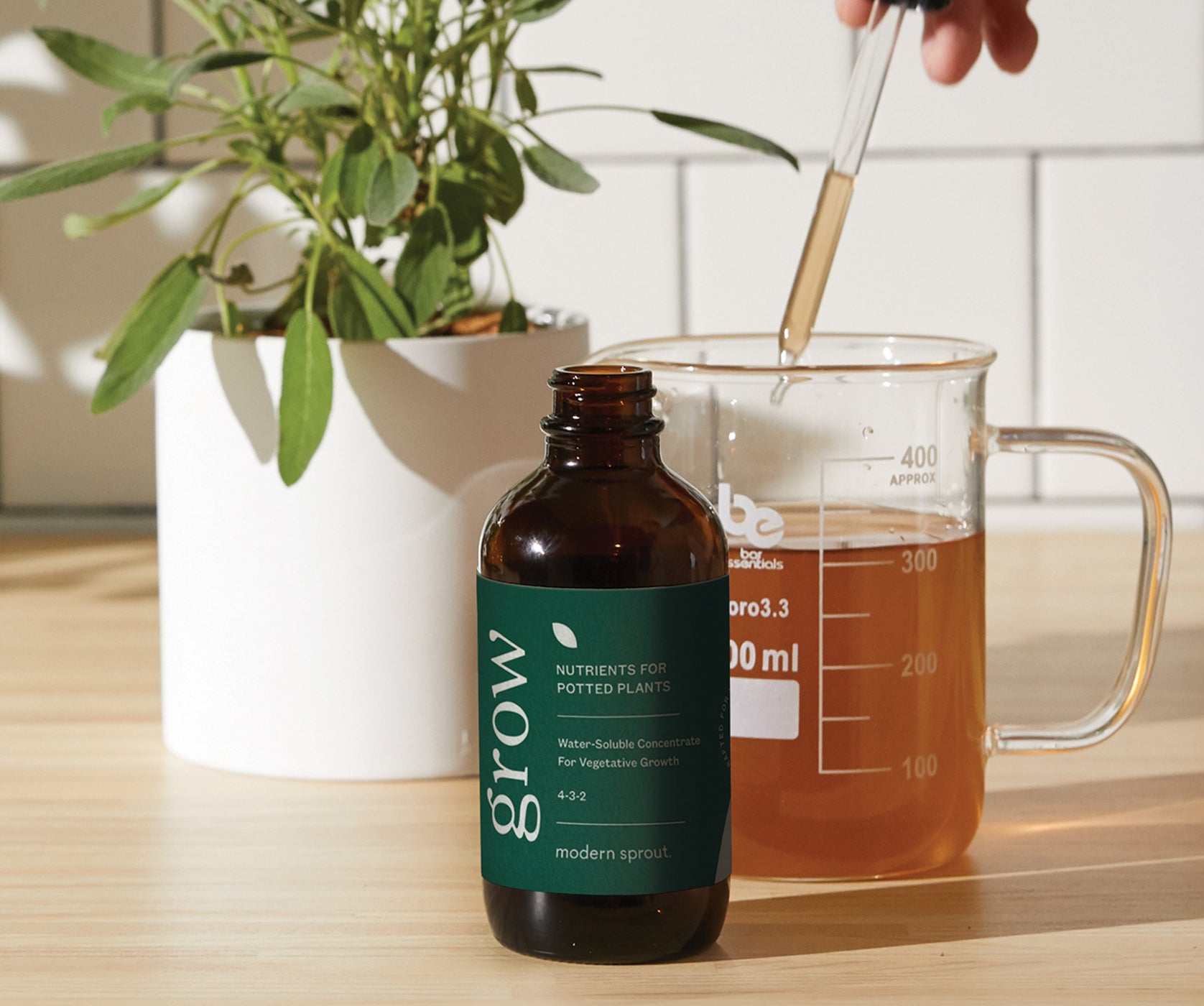Eighth grade biology lessons still ring true: Plants need water, light, and nutrients to grow. What those old teachings failed to mention was the importance of temperature to those plants in order to survive--let alone thrive--in their environment.
Here in Chicago, we’re well acquainted with the difficulties associated with growing in cold weather. We spend most of our year at inhospitable temperatures close to, if not below, freezing. And while we all hold tight to our memories of summer days to get us through, the seedlings on our chilly window ledges don’t have such a luxury.
 For most seeds, if exposed to cold temperatures for an extended period, they can go “dormant.” A seed’s version of hibernation, these seeds can’t emerge from their “cave” without a major change in temperature to spur them onto growing. If they don’t get their cues from the environment indicating it’s a safe time to sprout, they just plain won’t grow. Dormant seeds will hang on until they get a sense of springtime warmth and a spring shower to boot.
For most seeds, if exposed to cold temperatures for an extended period, they can go “dormant.” A seed’s version of hibernation, these seeds can’t emerge from their “cave” without a major change in temperature to spur them onto growing. If they don’t get their cues from the environment indicating it’s a safe time to sprout, they just plain won’t grow. Dormant seeds will hang on until they get a sense of springtime warmth and a spring shower to boot.
Most of the Modern Sprout growing community experiences some sort of a winter downturn in temperature. We recommend moving plants away from windows when outdoor temperatures dip below 55 Degrees Fahrenheit, especially if your plants are still sprouting or are very small, and if you have drafty older windows. Seeds and seedlings typically need temperatures closer to 70 Degrees Fahrenheit for successful germination in addition to regular waterings, feedings, and high exposure to direct sunlight. All of which are increasingly hard to come by in the winter.
 So, what do I do when the temperature drops?
So, what do I do when the temperature drops?
Simulate warmer conditions by using a grow light. All grow lights emit a small amount of heat that can actually make a huge difference in the life of a plant at any stage of growth in addition to the energy provided by our Smart LEDs.
 Move plants away from sources of cold blasts like shelves near entryways, windowsills (even if they’re new windows are huge perpetrators for cold damage exacted on unsuspecting plants), however be wary of moving plants too close to heating sources. Abrupt changes in temperature in either direction can shock plants. Too warm, and they may wilt. Too cold, and your plant’s leaves may scorch, wilt, or die off in sections.
Move plants away from sources of cold blasts like shelves near entryways, windowsills (even if they’re new windows are huge perpetrators for cold damage exacted on unsuspecting plants), however be wary of moving plants too close to heating sources. Abrupt changes in temperature in either direction can shock plants. Too warm, and they may wilt. Too cold, and your plant’s leaves may scorch, wilt, or die off in sections.
 Move plants to more central locations in your home, while still providing natural sunlight or supplement with a grow light. I know it’s a tricky dance, but winter won’t last forever!
Move plants to more central locations in your home, while still providing natural sunlight or supplement with a grow light. I know it’s a tricky dance, but winter won’t last forever!
 Happy Cultivating!
Happy Cultivating!
The Modern Sprout Team
Words by Sydney Gutierrez

